#222: Cryphonectria parasitica, Chestnut Blight
The American Chestnut Tree, Castanea dentata, was once one of the dominant trees in eastern North American forests. It rivalled oak trees in terms of size and abundance. The trees were also highly valued for their rot-resistant wood and edible seeds, making it one of the most economically important trees in eastern North America. So, if the trees were so common and so important, where are they today? The downfall of the American Chestnut began in New York in 1904, when a disease called Chestnut Blight suddenly appeared and swept across the continent. By 1950, the disease had infected and killed almost every American Chestnut. Chestnut Blight is caused by the Asian fungus Cryphonectria parasitica, which grows in the outer wood of the tree and essentially chokes trees to death. The aggressive pathogen has doomed the American Chestnut to extinction, unless humans can come up with a solution.

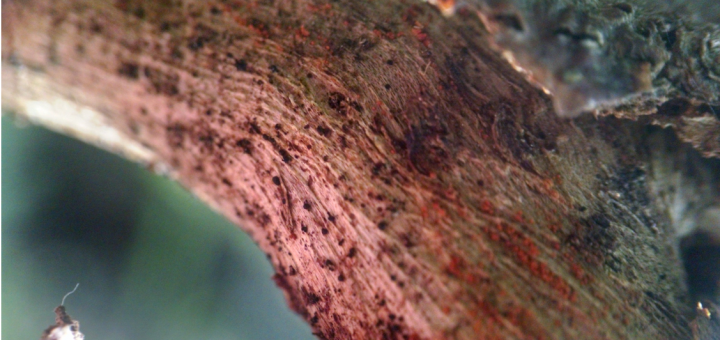
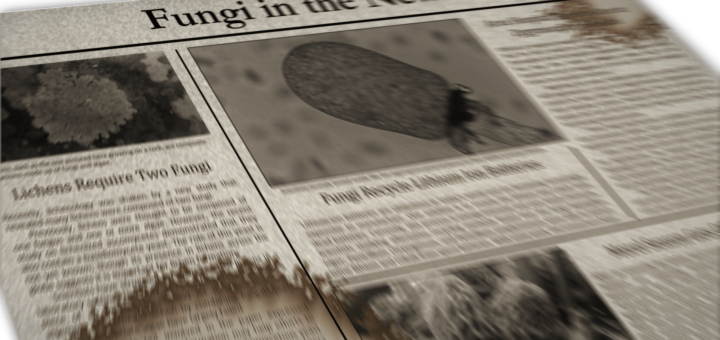
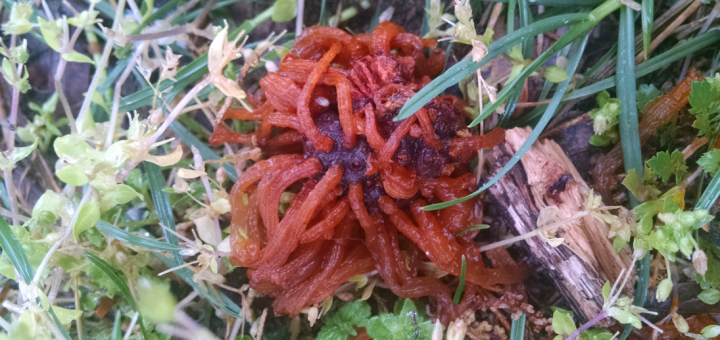
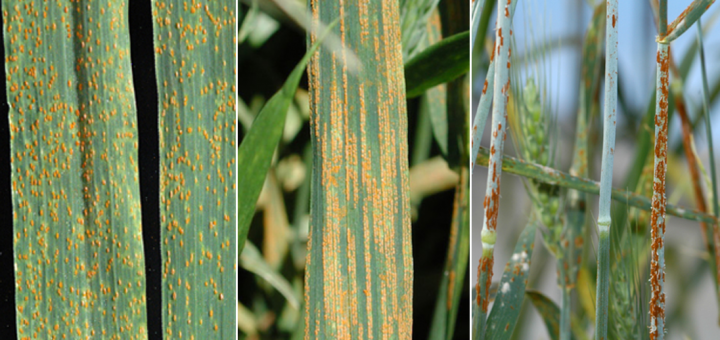

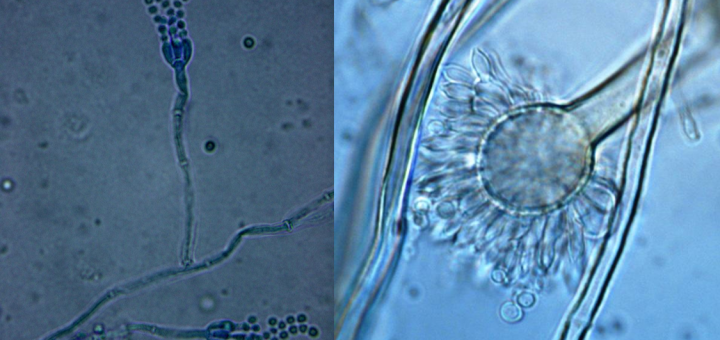
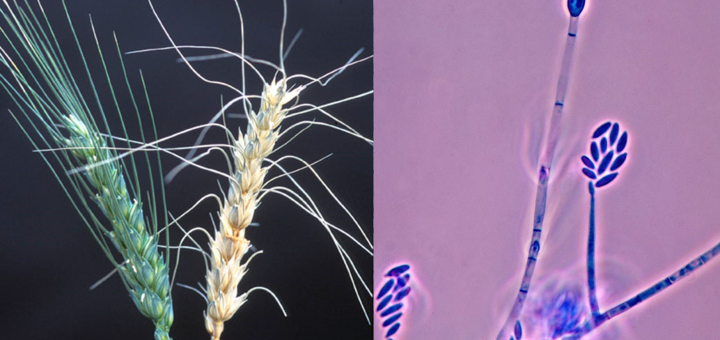
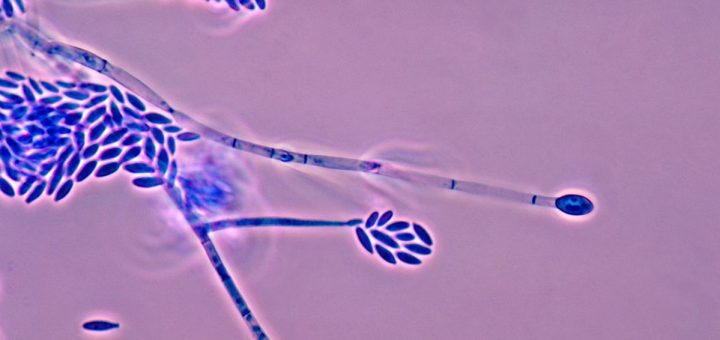
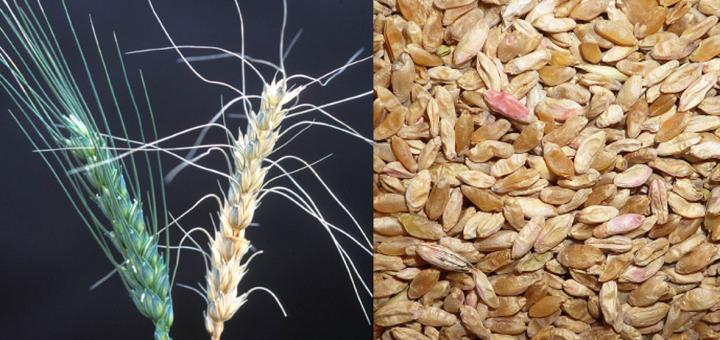





![#011: Characteristics of Kingdom Fungi [Archived]](https://www.fungusfactfriday.com/wp-content/themes/hueman/assets/front/img/thumb-small-empty.png)
